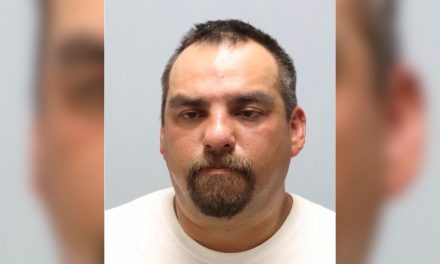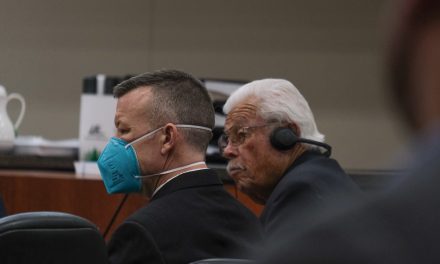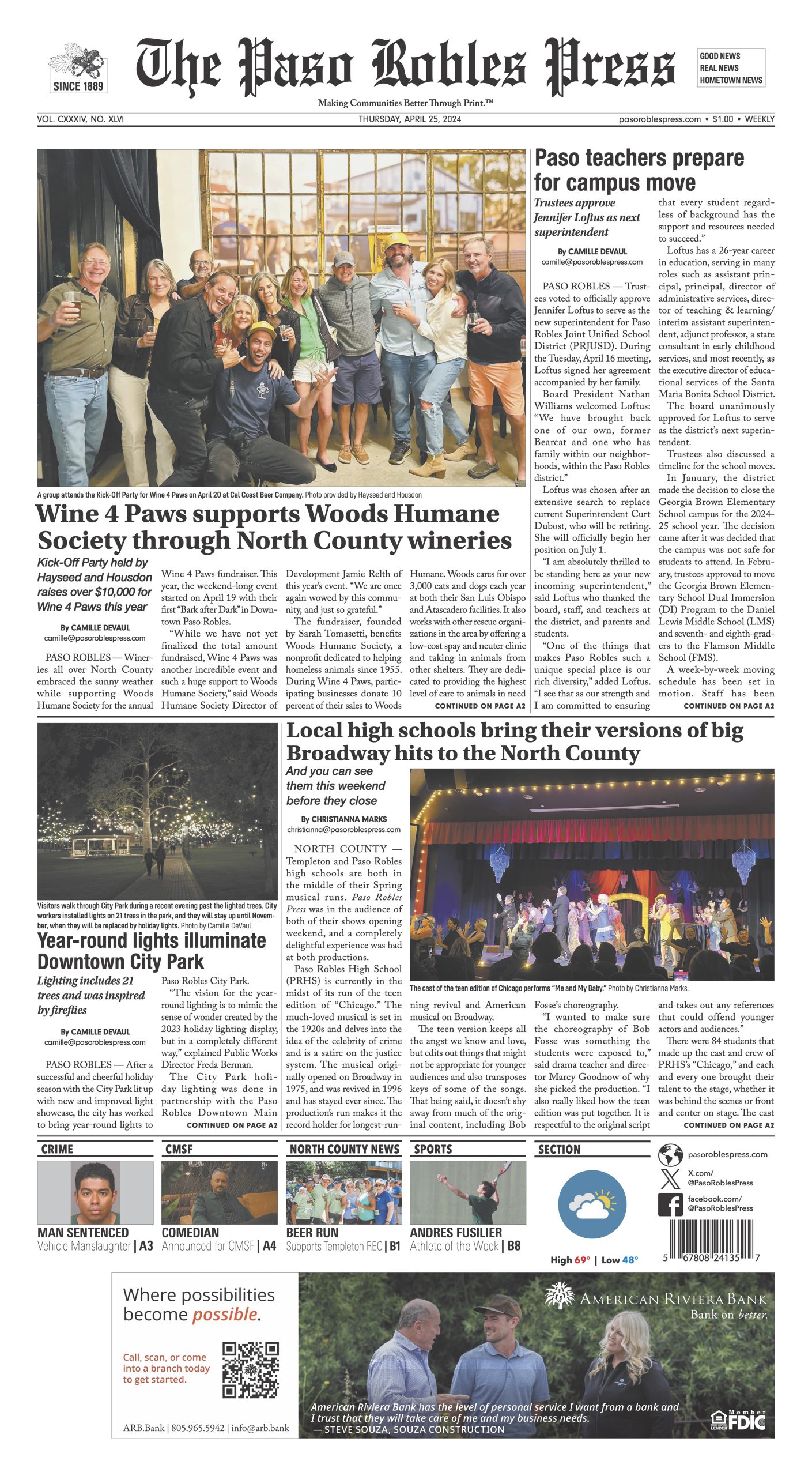By SLO County Anti-Human Trafficking Task Force Board
In coming to grips with the scourge of human trafficking, it is helpful to understand the primary characters in this epidemic. If we understand who plays a role in human trafficking, we are better equipped to understand why it takes place and how we can impact the fight against it.
Human trafficking is a supply and demand fueled market. Although the demand drives the supply, there are also suppliers that make the commodity of humans readily available. Quite simply, the main players are best described as: the trafficker or pimp, the victim, the sex purchaser or buyer, and lastly, law enforcement, it’s partners, and the community.
The terms trafficker or pimp are interchangeable. The trafficker is motivated by one thing: money. The trafficker will stop at nothing in the quest to make as much money as possible, literally off the backs of others.
Traffickers are masters at manipulation, are predatory in nature, and use various emotional, physical, and psychological abuses to manipulate and control a victim.
Traffickers are experts at identifying people with low self-esteem, a history of being abused, or who lack of positive adult role models.
Sadly, the idea of a pimp has been glorified in our culture, and the term pimp is prevalent in today’s language. When people say things like “pimp my ride” or “that’s so pimp,” the term pimp is used in a complementary manner. The term pimp has become so ingrained in our society that the true evil nature of pimps has been watered down.
A trafficker or pimp can be anyone. It is not uncommon to find that a trafficker is a convicted felon working the streets, a college student behind a keyboard, or a lifelong local resident with no criminal history. Traffickers view victims as a commodity and treat them as such. So long as they are paying, a trafficker will allow a sex purchaser to do whatever they want to the victim. Traffickers and pimps are truly among the most evil and cruel of the criminal element and will employ any tactic needed to exploit victims and advance their money-making ventures. After all, it is all about the money.
Trafficking victims are individuals forced to participate in prostitution. Sadly, many trafficking victims have experienced a lifetime of exploitation and abuse. Victims come from all backgrounds; however, about 95% of sex trafficking victims are female. Victims are treated as a pimp’s property and are treated in inhumane and degrading ways.
The pimping subculture has a set of rules that victims are expected to follow. Disobedience to the pimp’s rules can lead to punishment ranging from verbal abuse to physical assault. Victims are often branded or tattooed with their pimp’s name to signify ownership and complete loyalty. To simplify why victims are such a valuable commodity to their traffickers, we can contrast illegal drug sales to sex trafficking. We all know that a drug can only be sold or consumed once. A human, however, can be sold repeatedly. A victim can be sold countless times a day, and in that way, is seen by exploiters as renewable and very lucrative.
In the sex trade, victims are literally worked to exhaustion and beyond. In our county, victims have reported that they have been sold as many as ten or more times a day to sex purchasers. Rescuing and restoring victims, turning them from victims to survivors, and “thrivers” can be a very long and complicated process. Sometimes, victims do not view themselves as a victim, they do not cooperate with law enforcement, or they blame themselves. These are tough hurdles to overcome. Most victims have been abused for such a long time; it takes years of consistent and reliable support to get out of “the life” and escape exploitation.
A common statistic states that it takes up to seven positive contacts with law enforcement investigators for a victim to leave a life of exploitation.
The term “john” has been used historically to describe a person seeking prostitution services. That term is outdated, and the “johns” are more accurately described as “sex buyers” or “sex purchasers.” Sex buyers fuel the sex trafficking economy. Without buyers, there is no need for the supply. The traffickers would be forced to operate elsewhere or engage in some other enterprise. Sex buyers can be anyone. They are local business owners, family members, friends, and neighbors. You may think that you do not know anyone who buys sex.
Even if that is the case, it is likely that there are only one or two degrees of separation from a person who has paid for sex. The notion that human trafficking takes place in far off lands and involves international connections, or “sea train” shipping containers full of humans is simply not accurate. Sex purchasers are Americans that are buying other Americans for their own sexual gratification. It is the American male that drives the human trafficking market.
There are different reasons as to why there is such a demand. Sex purchasers often pay someone to engage in sexual acts that their spouse or partner will not allow. Having access to disposable income is another reason. The rise in use and accessibility of pornography has also impacted human trafficking. Pornography has been described as a gateway drug. At some point, the natural progression can lead to seeking prostitution services when pornography “is not enough.”
Local law enforcement efforts through the San Luis Obispo County Counter Human Trafficking Team and Anti-Human Trafficking Task Force is geared towards addressing both the supply and demand of exploitation locally. Investigators recognize that it effectively disrupts both the supply and demand while focusing on identifying, arresting, and prosecuting the traffickers. Removing the traffickers from the equation is the biggest disruptor of the illicit exploitation economy and ultimately prevents the trafficker from finding new victims.
Intervening in a human trafficking situation by non-law enforcement personnel can be dangerous to both the victim and members of the community. If you see something, contact the appropriate law enforcement authorities. Community members can fight human trafficking by being involved in education efforts, providing essential services like counseling and housing, and supporting those that work to combat and abolish human trafficking. Each person can recognize the danger associated with pornography addiction and the effect it has on young children.
Some studies state that, on average, a boy’s first exposure to pornography is at the age of eight. If each of us work to eliminate pornography from our homes and educate our children on the dangers of pornography addiction, we can have a direct impact on the human trafficking market. Finally, it is crucial to seek human trafficking information from reputable sources and only share vetted information. One of the biggest disservices to the cause is the spread of misinformation and unfounded conspiracy theory. The dissemination and sharing of unvetted information greatly detract from the righteous mission of eliminating human trafficking and dilutes the dialogue that should be taking place.
There is work yet to be done, but together we can make a difference.
“Defeating human trafficking is a great moral calling of our time.” – Condoleezza Rice
To email questions or ideas on future topics that you would like the SLO County Anti-Human Trafficking Task Force Board to address, email us at taskforce@13starsmedia.com
Recommended Resources:
THORN – thorn.org
Fight The New Drug – fightthenewdrug.org
San Luis Obispo County Crimestoppers – sanluisobispocounty.crimestoppersweb.com















